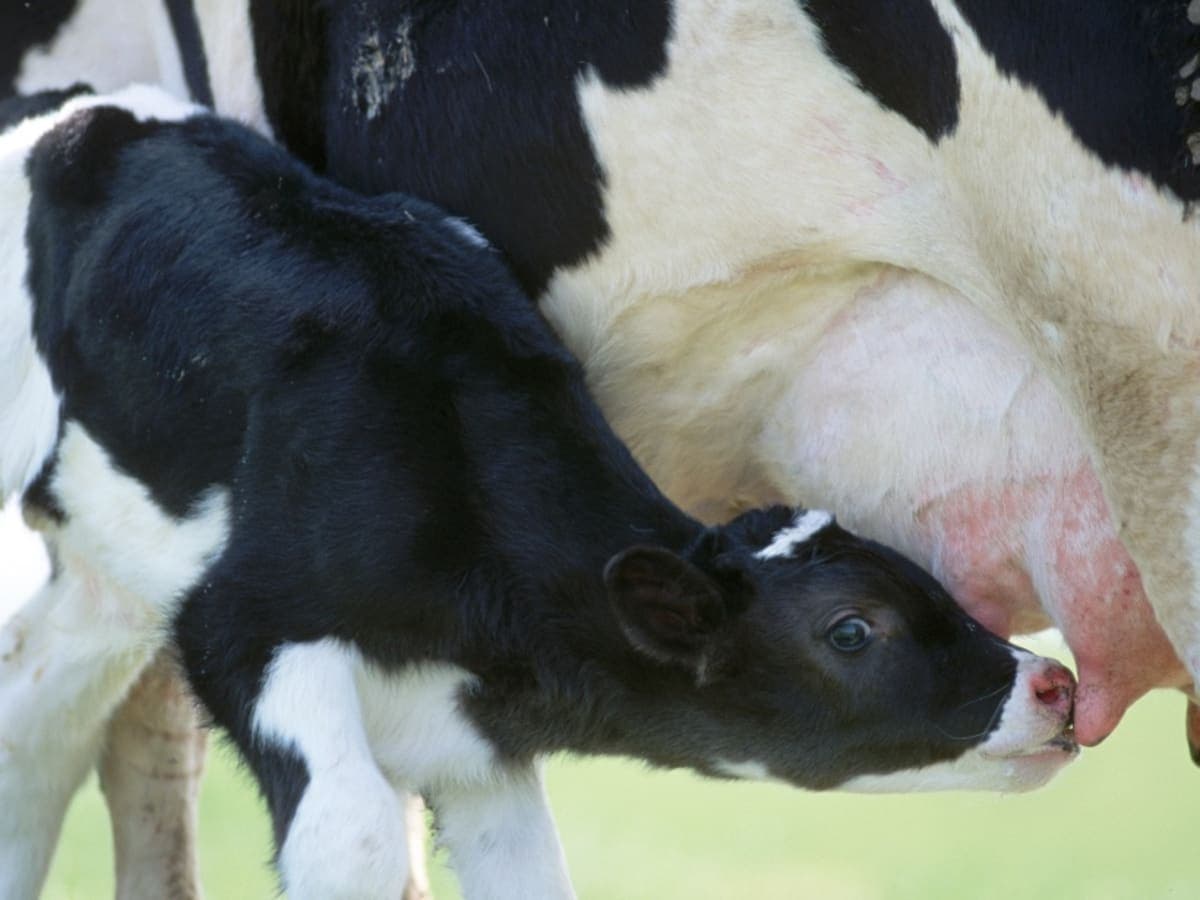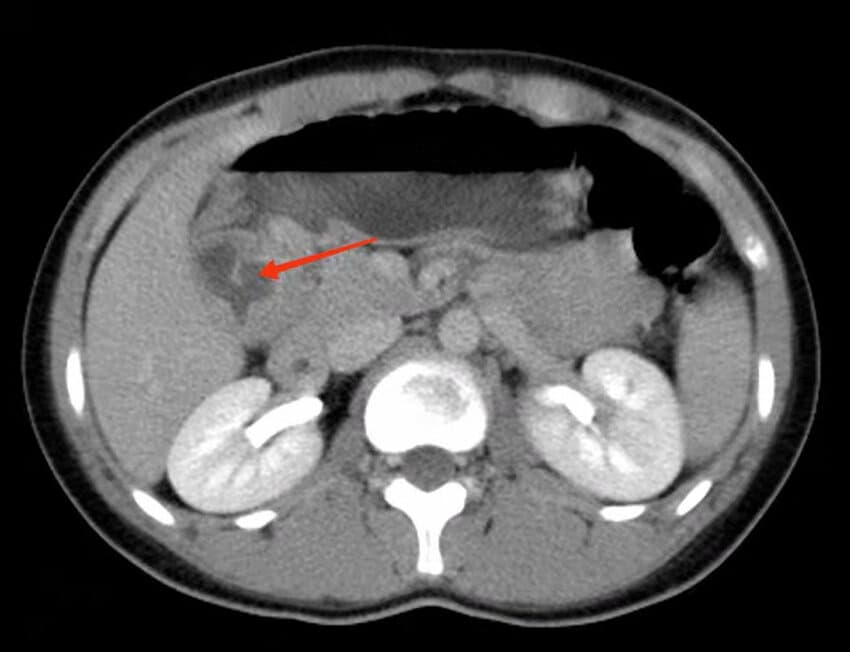As the warmer months approach, the allure of outdoor activities and wearing shorts grows stronger. Achieving toned, limber legs not only boosts confidence but also enhances physical performance. This guide focuses on exercises designed to tone the lower body while emphasizing the importance of mobility to prevent injury and improve overall function.
Structuring Your Toning Routine
Initiate your workout with a 7 to 10-minute warm-up to prepare your muscles. Following this, engage in a sequence of exercises, performing 12 to 15 repetitions of each, and repeat the cycle three times. Incorporating a mix of squats, lunges, and calf raises targets key lower body areas, promoting strength and tonicity.
Key Exercises for Leg Toning
Basic Squat:
- Targets: Hips, thighs, and glutes;
- Execution: Stand with feet hip-width apart, lower into a squat keeping the torso upright, and press up through the balls of your feet.
Lunges:
- Targets: Thighs and hamstrings;
- Execution: Start in a split stance, lower the back knee towards the floor, and push up through the front heel.
Calf Raises:
- Targets: Calf muscles;
- Execution: Lift heels off the ground by pressing down on the balls of your feet and flex the calves.
Enhancing Mobility for Strength and Flexibility
Mobility drills complement strength exercises by preparing the muscles to handle load and improve the range of motion. The “World’s Greatest Stretch” and “Good Morning” drills, for instance, can significantly enhance lower body mobility, setting a solid foundation for strength training.
Integrating Mobility with Strength Training
Combining mobility with strength training ensures a balanced approach to developing limber legs. Exercises like the “Single Leg Glute Bridge” and “Reverse Lunge to High Knee” not only build muscle but also promote flexibility and joint health. Incorporating these drills three to four times weekly can lead to substantial improvements over time.
Comparative Table: Squats vs. Lunges vs. Calf Raises
| Aspect | Squats | Lunges | Calf Raises |
|---|---|---|---|
| Muscle Groups Targeted | Quads, hips, glutes | Quads, hamstrings | Calves |
| Skill Level | Beginner to advanced | Beginner to advanced | Beginner |
| Equipment Needed | None to weights | None to weights | None to weights |
| Benefits | Overall lower body strength, core stability | Balance, individual leg strength | Ankle stability, calf tonicity |
The Role of Consistency in Leg Toning
Consistency is the cornerstone of any successful fitness regimen, especially when it comes to toning the legs. Engaging regularly in a variety of exercises such as squats, lunges, and calf raises ensures comprehensive development of the lower body muscles. Consistency not only aids in gradually increasing muscle strength and endurance, but also in preventing injury by adapting the body to regular stress and recovery cycles. Over time, a consistent approach leads to visible improvements in muscle tone, shape, and overall physical performance, highlighting the importance of regularity in achieving limber legs.
Incorporating Flexibility Training
Flexibility training is an often overlooked but essential component of a well-rounded leg toning program. Stretching exercises, such as the “World’s Greatest Stretch” or yoga poses, increase the range of motion, improve circulation, and help reduce the risk of injuries. They complement the strength and toning exercises by ensuring the muscles are adequately prepared and recovered for each workout session. Incorporating flexibility training into your routine not only enhances the effectiveness of toning exercises but also contributes to better posture, less muscle stiffness, and improved overall mobility.
Nutrition and Hydration for Optimal Results
A balanced diet and adequate hydration play pivotal roles in achieving toned and limber legs. Nutrients such as protein support muscle repair and growth, while complex carbohydrates provide the energy needed for workouts. Healthy fats contribute to overall joint health, essential for mobility exercises. Additionally, staying hydrated is crucial for muscle function, recovery, and maintaining the body’s overall well-being. Incorporating a nutrition plan that supports your workout regimen can significantly enhance the results of your leg toning efforts, making it an indispensable part of the journey toward achieving limber legs.
Conclusion
Achieving limber legs requires a holistic approach that includes both toning exercises and mobility drills. By consistently integrating strength training with flexibility routines, you can enhance your lower body’s performance and aesthetics. Remember, gradual improvement is key to long-term success, leading to stronger, more flexible legs capable of tackling any challenge.



